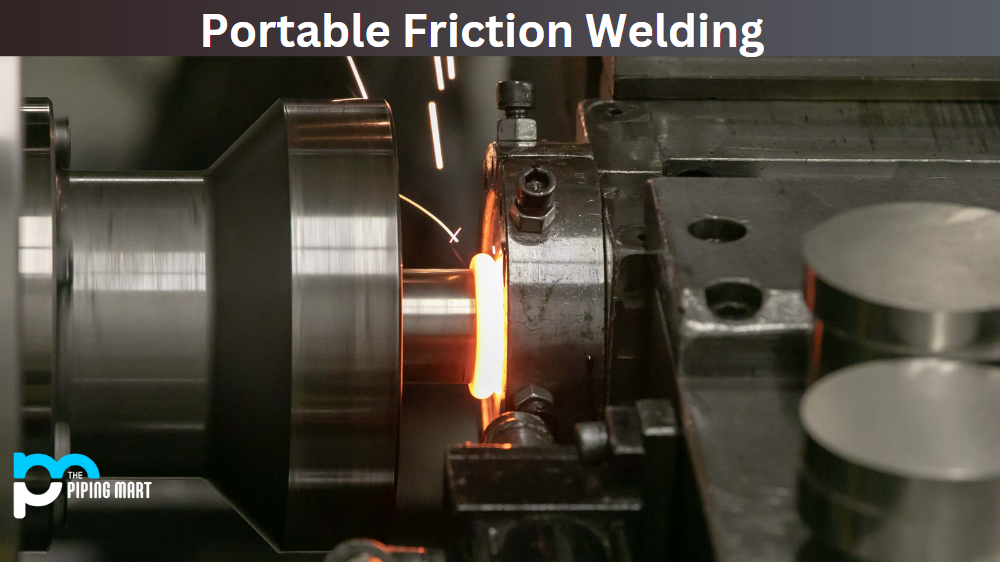During process irregularities, the system’s safety protections are purposefully engineered to fail. The gaskets are the system’s next weakest link. Gaskets are the first to break when pipes or pressure vessels are subjected to excessive pressure. Even if the gasket meets all of the manufacturer’s criteria, these components might still fail. The most prevalent reasons for gasket failure are listed below.
Context of Use:
The first step to choosing a gasket material or diagnosing a gasket problem is to ensure that the gasket material is suitable with the media as well as the temperature and pressure to which the gasket will be subjected. Because some chemicals may damage gasket materials, and gasket materials exist in a wide range of temperature ranges, this is critical. Gasket materials exist for practically any combination of exposures, which is fortunate.
Overheating:
The performance of gaskets is influenced by temperature. Temperatures that are greater than normal might arise when a process or function is disrupted. This can speed up the creep and relaxation processes, resulting in torque loss. Leakage will ultimately occur when the tension lowers.
Oil Spillage:
Some signs of a gasket failure are obvious. One of them is bacterial contamination. You’ll probably notice an opaque residue within the oil filler cap or on the dipstick if this happens. Other factors might be at play, but the gasket is most likely to blame.
The issue is that the polluted oil has the potential to harm the engine’s bearings. Once you’ve installed your gasket solutions, it has to be properly rinsed out. It’ll also be necessary to change the oil filter.
Loss of Control:
The cylinder compression will be lowered if the seal fails. Abrupt loss of pressure and an engine that isn’t operating as smoothly as it should are two of the most striking indicators of gasket failure.
Gasket Reuse:
It’s crucial to avoid reusing gaskets. For most industrial plants, this might be a general guideline. Operations or maintenance workers may be tempted to reuse gaskets during equipment switch-overs and brief inspections, especially if the vessel or pipe is often opened. When utilized, gaskets deform plastically in response to the imperfections of the mating surface. They don’t return to their normal thickness completely. As a result, the majority of its sealing properties have already vanished after usage.

Pipingmart is B2B portal specializes in industrial, metal and piping products. Also, share latest information and news related to products, materials and different types grades to help business dealing in this industry.




